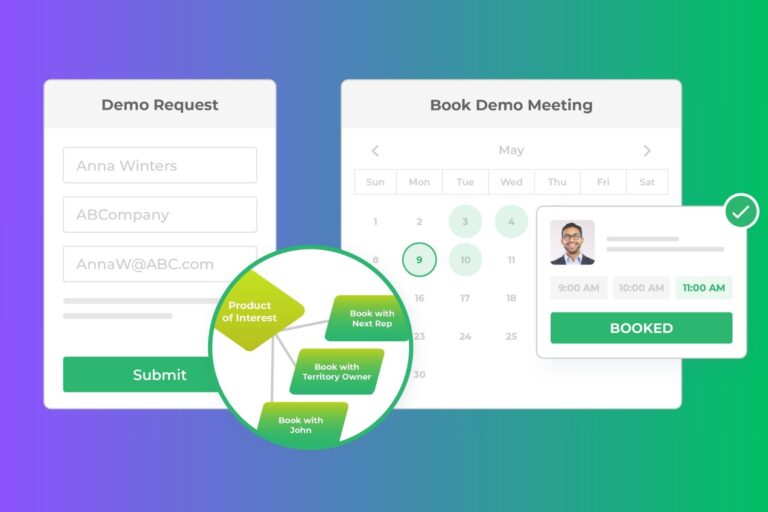Navigating the complex landscape of digital marketing requires a keen understanding of a crucial element often shrouded in mystery: marketing attribution.
According to DemandGen’s Marketing Measurement & Attribution Benchmark Survey Report, 52 percent of B2B marketers said they currently report on marketing results manually via Excel! And unfortunately, not knowing your ROI and guessing on your budget leads to uninformed decisions, stunted growth, and money blindly thrown away on marketing and sales.
Marketing attribution fills the holes of the past and creates an extremely bright future for businesses everywhere. With marketing attribution, you get to see exactly how much revenue campaigns are generating, helping you decide where to spend your marketing dollars. You’ll get pinpoint data at your fingertips to take your business to the next level.
This is why I love marketing attribution.
Therefore, to make the most out of marketing attribution, you’ll have to decide what metrics to test/measure, what type of attribution works for your organization, and how to best implement this new process to ensure future success.
Metrics to Measure
Deciding which metrics to use can present a real challenge. The DemandGen Survey found that 58 percent of B2B organizations rated their current ability to measure and analyze marketing performance as “needs improvement” or worse.
David Lewis, CEO and founder of DemandGen, recommends his clients track funnel metrics. This includes the number of inquiries, marketing qualified leads (MQLs), sales accepted leads, and sales qualified leads. In addition, Lewis suggests measuring campaigns by first finding which ones drive the most net-new leads into the database, and then measuring which campaigns yield the most closed/won business.
In contrast, Roni Menashe, Marketing Operations Manager at Kaltura, relies on campaign ROI metrics. Menashe recommends using attribution to measure money-related metrics as well as marketing contribution to the revenue pipeline or the percentage of MQLs generated over specific timeframes.
Choosing the Right Marketing Attribution Model for Your Business
Eric Wittlake, industry analyst at TOPO, says, “There is no ‘right’ model for a given organization.” This makes deciding which model is right for your business a real challenge.
There are three basic options for marketing attribution models:
1. First-touch: 100 percent of credit is given to the first campaign touchpoint.
2. Last-touch: 100 percent of credit is given to the last campaign touchpoint.
3. Multi-touch: Credit is weighted and assigned based on the mix of campaign touchpoints.
Determining which one of these is right for your business comes down to what you value the most, as different models provide different solutions. The first-touch model works well if you are trying to see which campaign will generate the most leads. The last-touch model is ideal for deciding which campaigns are the best to close leads.
The multi-touch model is typically chosen after implementing the first- and last-touch attribution. The multi-touch model takes a wider look into the parts that best capture leads, how to develop those leads, and determine what it takes to best close those leads.
At LeanData, we use a multi-touch model, which gives us the ability to see which campaigns and content are helping create pipeline. We’re able to identify what is working and what isn’t. This empowers us to make better marketing decisions.
Additionally, a multi-touch accelerated model tracks touches that occur during an open opportunity until it closes. This helps identify which programs are resulting in the most closed deals.
Ensuring Future Success: How to Implement Marketing Attribution
To ensure sales and marketing data validates the attribution process, Melissa McCready, founder and CEO of Navigate Consulting Group, advises companies to think about the processes involved in maintaining the data. Then, with data management in mind, consistently look back at the processes and data points on a regular basis.
To find the data you need, McCready recommends pursuing revenue KPIs to drive attribution and capture the impact of marketing campaigns. KPIs will change as products and services change.
Unfortunately, people often have their marketing attribution system in place, but forget to revisit it down the road. That’s what leads to poor implementation and halts future growth.
Don’t make this mistake!









